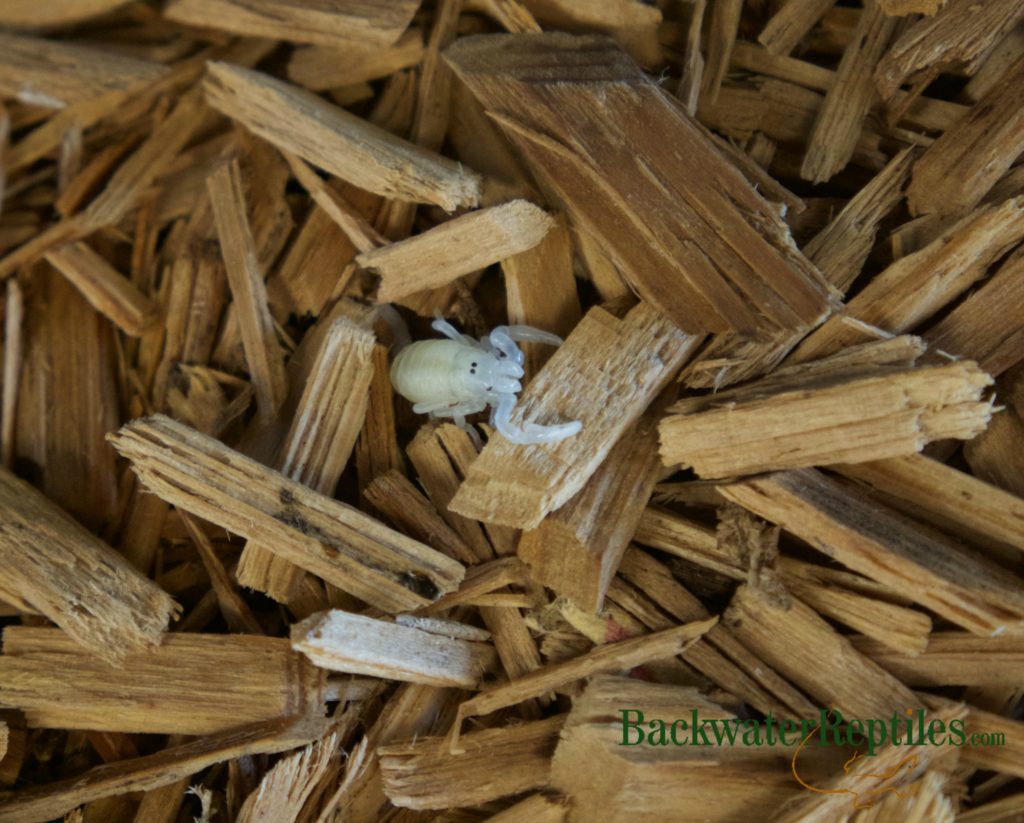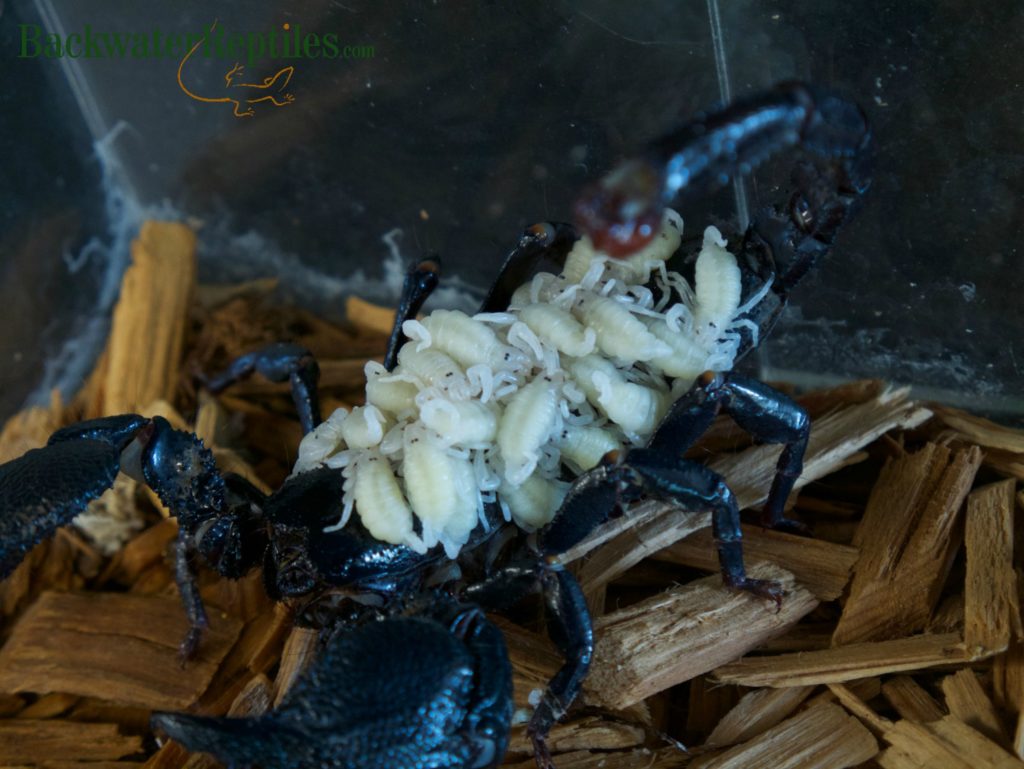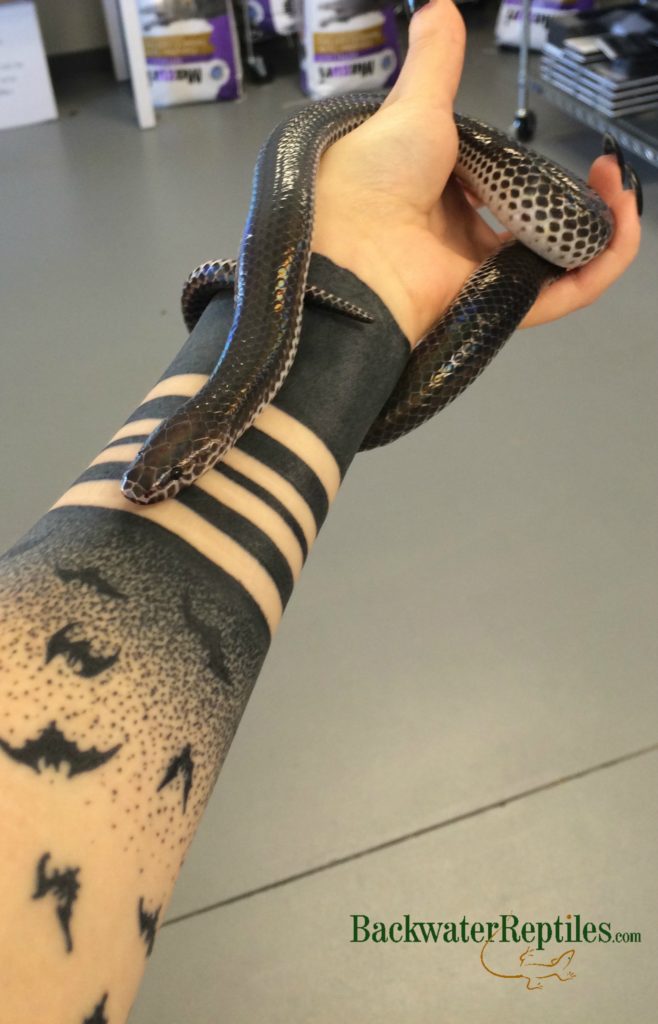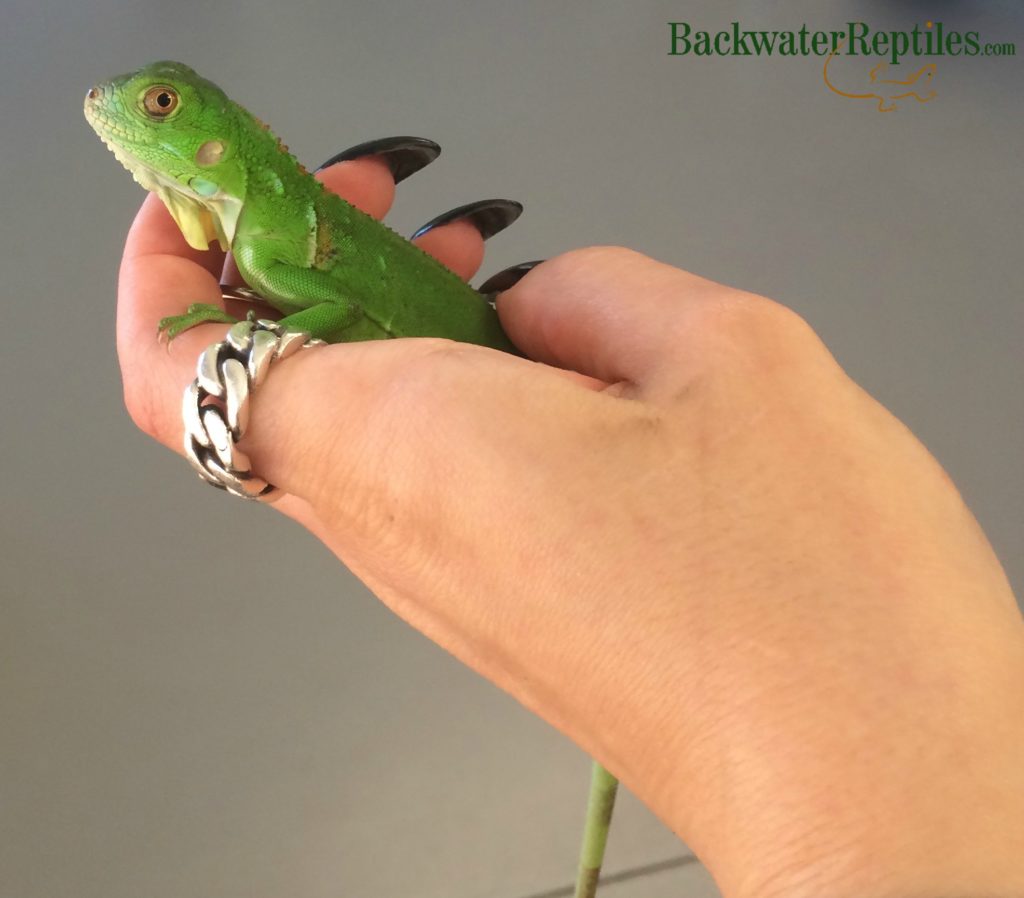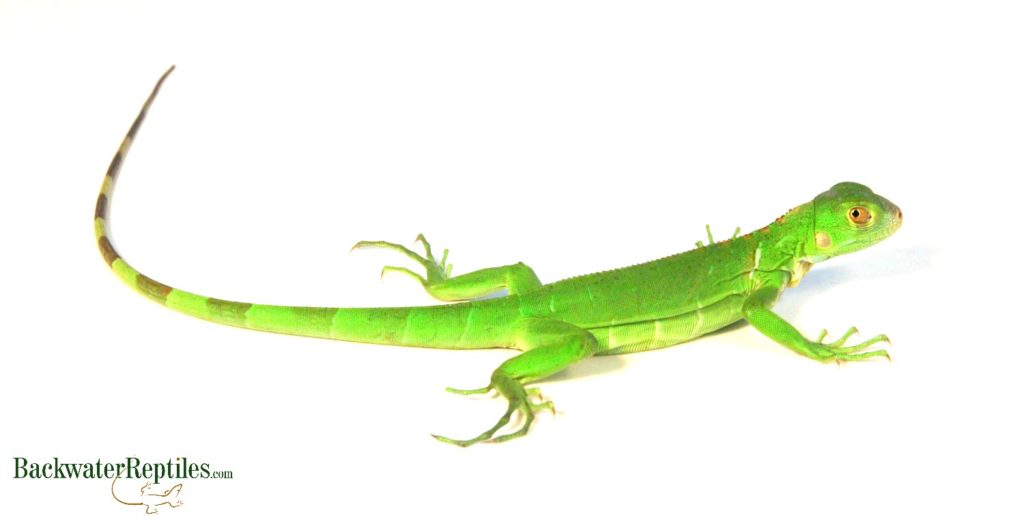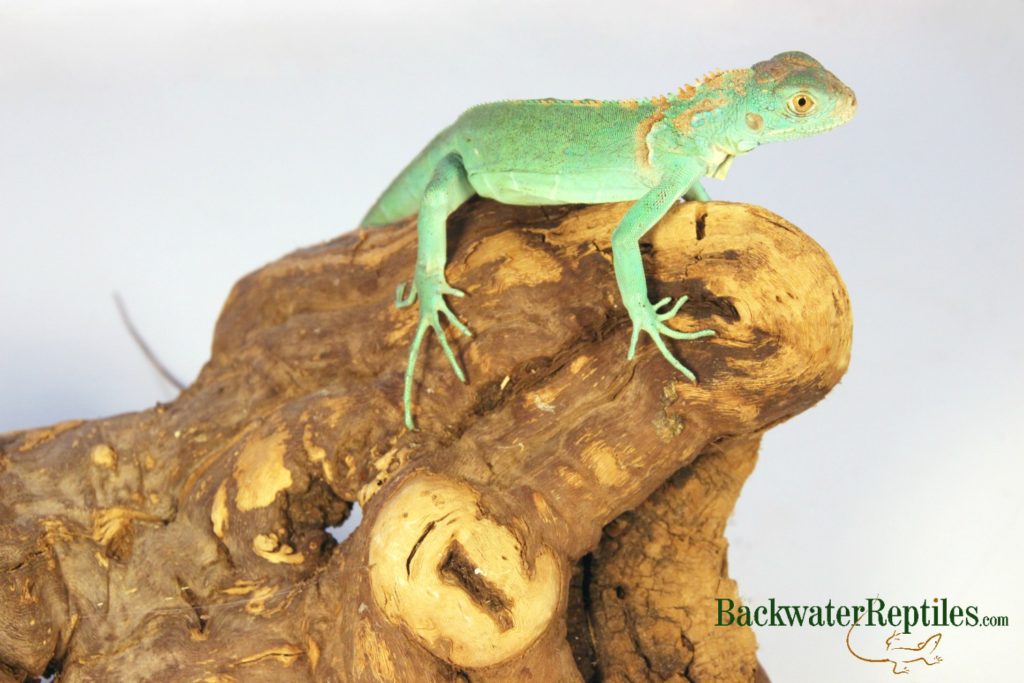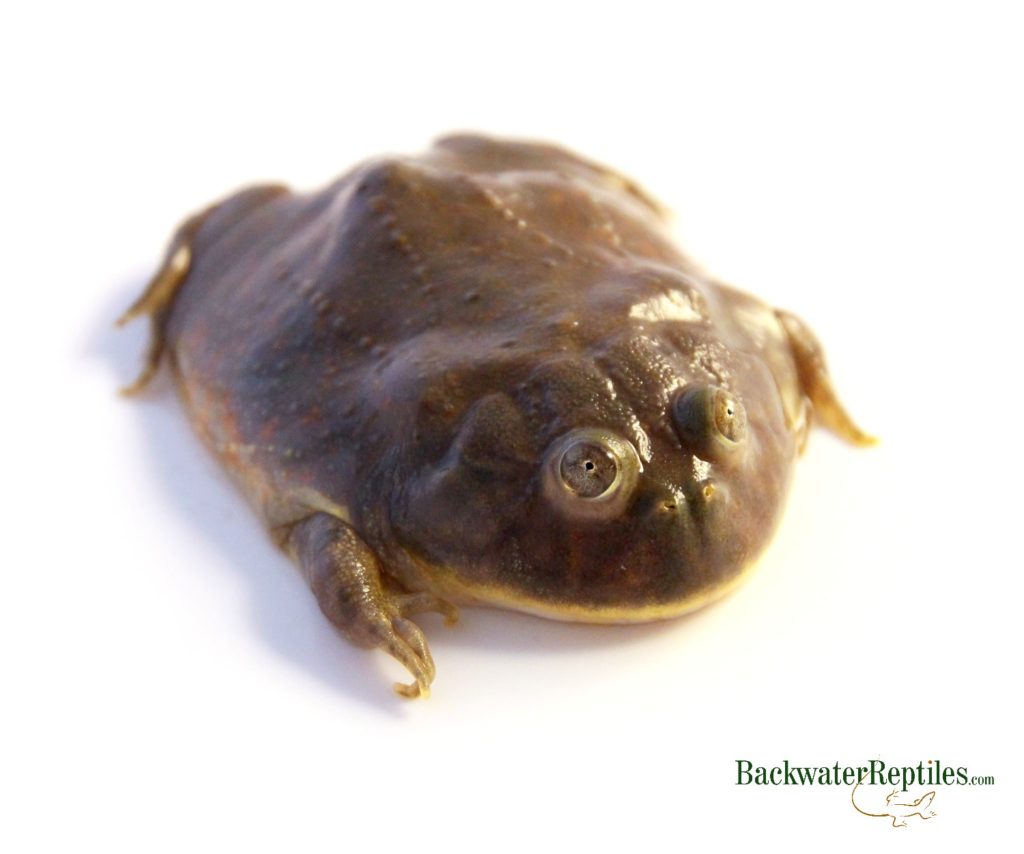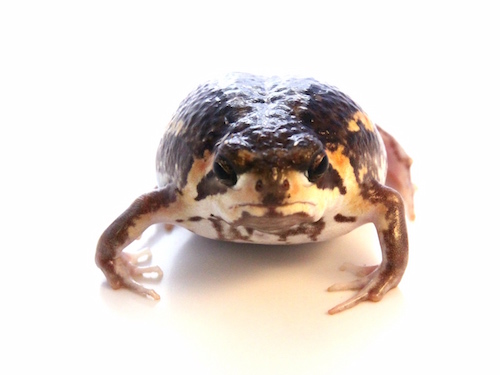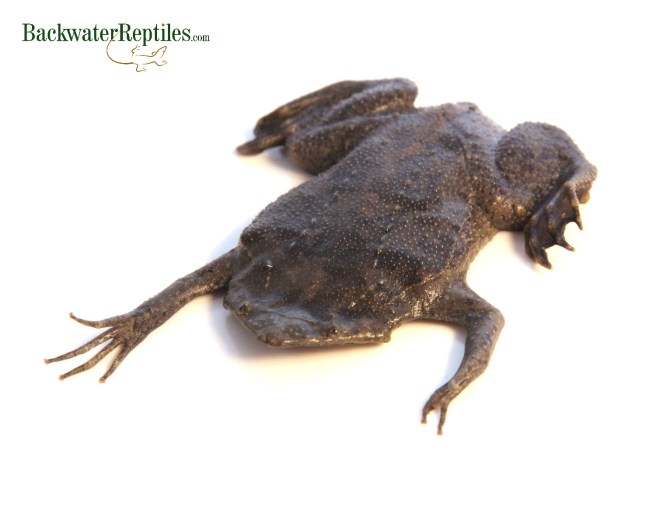Wondering how to pick up a lizard? There are countless numbers of animals available in the reptile hobbyist world and many of them can be picked-up and held. Some pet lizards even enjoy human interaction.
However, lizards are not domesticated animals like cats or dogs, and so they can be tricky to handle if you don’t have experience. That’s why we’ll explain our methods for picking up lizards, address some common mistakes made when handling lizards, and offer up helpful tips and tricks we’ve learned throughout our years of experience dealing with all kinds of lizard species.
How to pick up a lizard
There are several methods you can use when picking up lizards and in truth, the best method will vary from animal to animal, species to species, and even person to person! It’s going to take some experience on your part to learn which way works best for your own pet.

The first thing to take into account when picking up and handling any pet lizard is the size of the animal. Larger species such as bearded dragons and Savannah monitors will require a different technique than something as small as a dwarf gecko species.
If you are dealing with a larger species or a species that has a good disposition, such as a leopard gecko, then picking up and handling the lizard is very straight forward. Approach the animal steadily with no jerky or overly speedy movements and simply pick it up. Once the lizard is in your hands, make sure it is supported and that it has a place to crawl if it is moving or wiggling a lot.
If you are working with a smaller species or a more delicate species, such as a day gecko or an anole, we recommend cupping the animal rather than grabbing it outright. You can accomplish this by literally trapping the animal under a cup and sliding a piece of paper or other flat, solid object underneath the cup. Or, alternately, you could form a cup with your hands over top of the lizard and pick it up from there.
Things to avoid when picking up your pet lizard
Possibly the most important thing you want avoid when dealing with your pet lizard is squeezing it or making it feel trapped. If you hold it too tight in order to prevent escape, your lizard will feel very stressed and uncomfortable. If you can’t hold the lizard without feeling like you’re physically restraining it, odds are you’ve got a lizard that isn’t meant to be held.
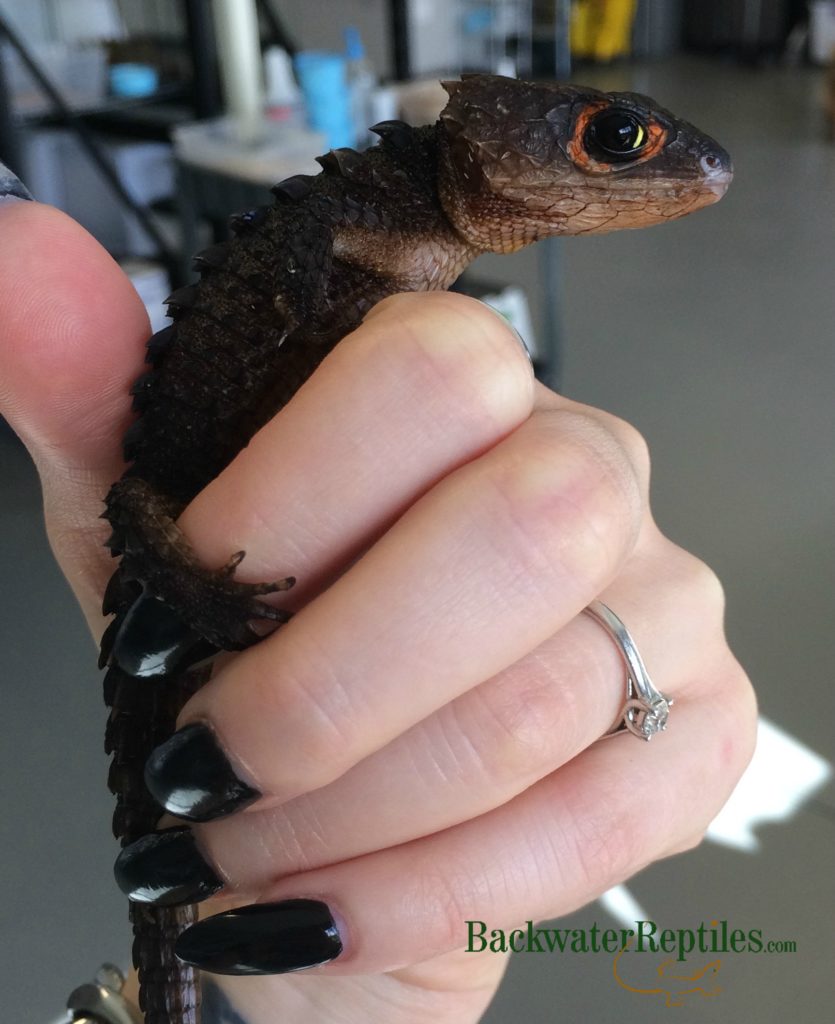
Never try to hang onto a lizard by its tail. Many species actually drop their tails as a defense mechanism against predators when they are stressed. While its true that ultimately it won’t harm your lizard in the long run to drop its tail, it’s still a stress to the animal at the time it occurs and many people dislike how their lizard appears cosmetically after losing a tail.
Helpful tips and tricks for handling your pet lizard
- Big lizards will need two hands. It’s common sense that you shouldn’t try to pick up a four foot long monitor with just one hand. Bigger lizards need more support and therefore more hands.
- Not all lizards should be picked up. Again, keep in mind that lizards are not domesticated animals and they do not all enjoy interacting with people. In fact, many of the smaller, flightier species will get overly stressed out if you handle them because they will think that you are a predator. And some species are so delicate that you can actually injure them if you pick them up incorrectly.
- Take some time to get to know your lizard’s personality and read its moods. If you invest in learning about lizard body language, you’ll be able to tell if your pet is in the mood to come out and play or not. This will help avoid unnescessary stress and will also help avoid any unnecessary biting or scratching.
Conclusion
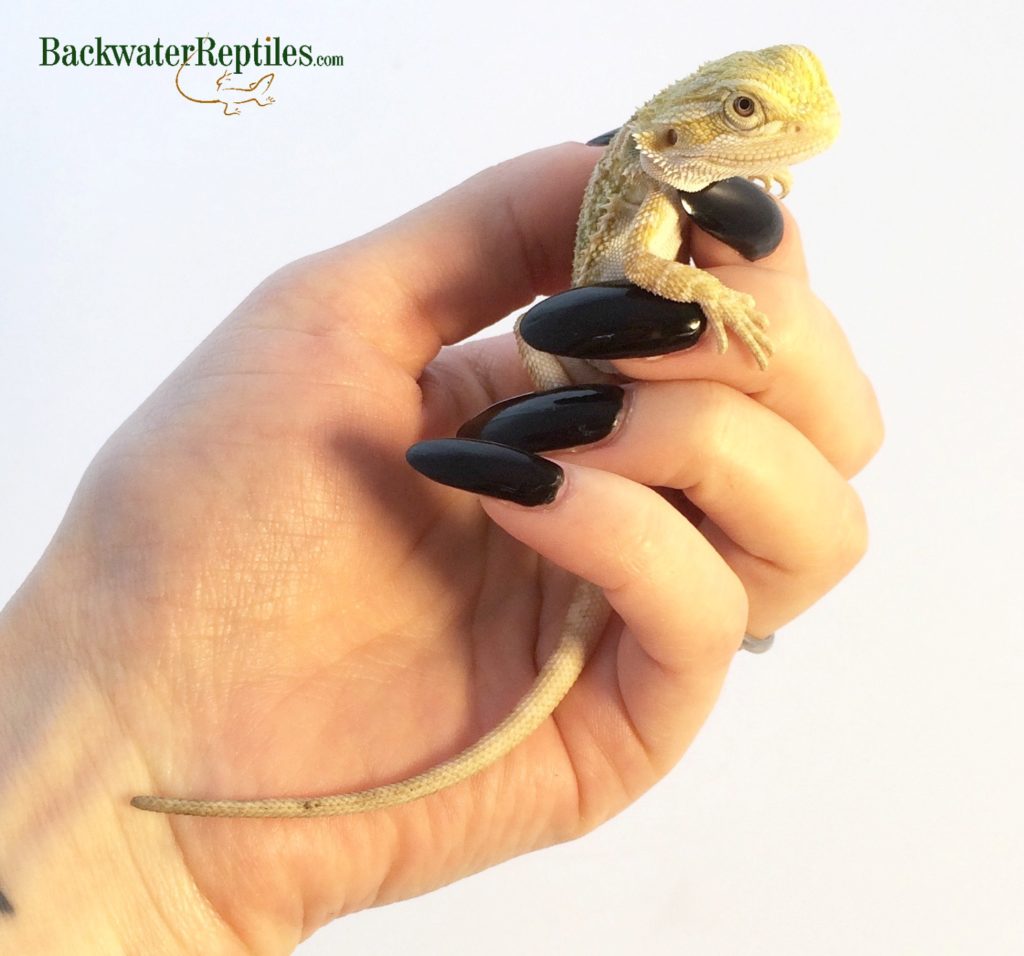
Lizards make great pets and there are many species that are hands on and incredibly interactive animals. However, not all species will enjoy being held and it’s up to you as a potential pet owner to do your research and make sure you’re choosing a species that suits your needs.
We hope that this article has given you some insight into how to handle different species of lizards. But if you have any tips or tricks of your own, feel free to share them in the comments!


